Unveiling the Unseen
image shot at Aro Ha
Introduction: Buying a home is a significant investment, but what if there are hidden dangers lurking beneath the surface? While a standard home inspection is a crucial step in the home-buying process, some defects may go unnoticed, potentially turning your dream home into a nightmare. In this blog, we'll uncover the most dangerous defects in a home inspection and discuss how homebuyers and homeowners can protect themselves.
**1. Silent Killers: Carbon Monoxide Danger Explained: Carbon monoxide is an invisible threat that can pose serious health risks. Carbon monoxide, often produced by faulty heating systems, can be lethal in high concentrations.
Protection Tips: Ensure that the home has carbon monoxide detectors installed on each floor, especially near sleeping areas. Regularly check and replace the detectors' batteries.
2. Structural Instability: Foundation and Structural Issues Danger Explained: A home's foundation provides the groundwork for its structural integrity. Cracks, settlement, or shifting can lead to serious problems, jeopardizing the safety and stability of the entire structure.
Protection Tips: Engage a qualified home inspector with expertise in assessing structural elements. Look for signs of foundation issues, such as cracks in walls or uneven floors. Address any concerns promptly to prevent further damage.
3. Electrical Hazards: Wiring and Outdated Systems Danger Explained: Outdated electrical systems and faulty wiring can lead to electrical fires. Undetected issues like overloaded circuits or outdated components pose a severe risk to the safety of the home and its occupants.
Protection Tips: Ensure the home's electrical system is up to code. Consider hiring a licensed electrician to conduct a thorough inspection. Upgrade outdated wiring and electrical panels to enhance safety.
4. Hidden Water Damage: Mold and Rot Danger Explained: Water damage, often concealed behind walls or in crawl spaces, can lead to mold growth and structural decay. Mold not only compromises indoor air quality but also poses health risks.
Protection Tips: During a home inspection, pay attention to signs of water damage, such as musty odors, discolored walls, or soft spots in the flooring. Address water leaks promptly and invest in proper ventilation to prevent mold growth.
While a standard home inspection is crucial, it's essential for homebuyers and homeowners to be aware of potential dangers that may go unnoticed. Protecting your investment involves thorough due diligence, hiring qualified professionals, and addressing issues promptly. By staying informed and proactive, you can safeguard your home from the unseen dangers that could otherwise pose significant risks to your safety and well-being. Remember, an informed homeowner is a secure homeowner.


